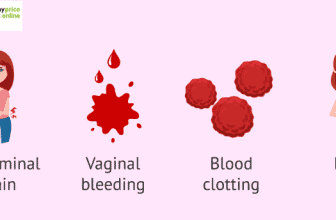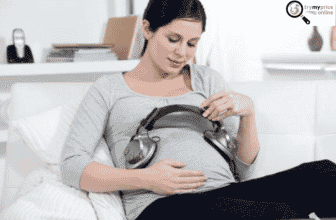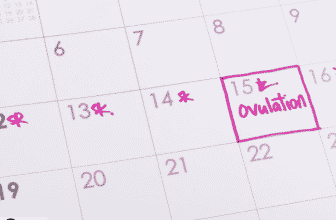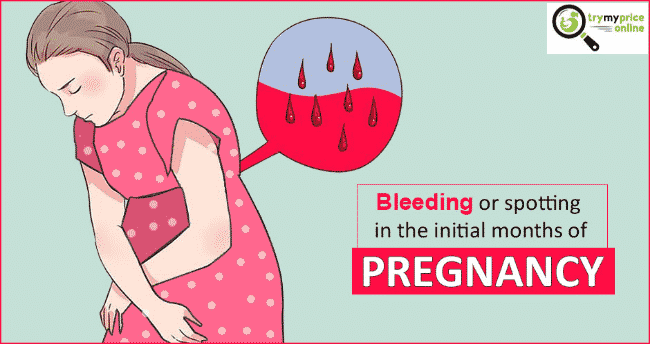
Spotting during pregnancy, When you detect a small bit of pink, crimson, or dark brown blood, it’s called spotting. There won’t be enough blood to cover a panty line, and it will be less than your menstrual period. Spotting during pregnancy isn’t necessarily indicative of a problem. It’s a normal worry that many pregnant women have during the first 12 weeks of their pregnancy. The vast majority of pregnant women who have spotting have a normal pregnancy and infant. Here are some more details about spotting during pregnancy.
Related: Pregnancy announcement creative ideas
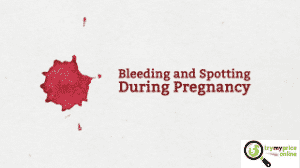
extremely faint line on pregnancy test barely visible
Spotting during pregnancy
Any flow of blood from the vaginal canal during pregnancy is referred to as vaginal bleeding.
It can happen at any point during the pregnancy, from conception (when the egg is fertilized) to delivery.
Spotting, or light bleeding, is typical during pregnancy, especially in the first trimester.
Spotting is defined as noticing a few drops of blood in your underwear on occasion, or wiping oneself with tissue and seeing a little blood on the paper.
A panty liner should not be filled with enough blood.
A heavier flow of blood indicates bleeding.
You’ll need a liner or pad if you’re bleeding because the blood will saturate your clothes.
It is recommended to contact your healthcare professional and report your symptoms, whether you are bleeding or spotting.
You can download a guide about spotting during pregnancy from amazon
Related: Protein creatinine ratio pregnancy calculator and its usage
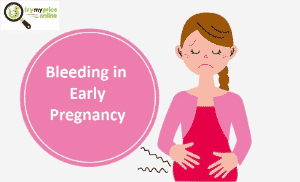
clear blue pregnancy test very faint vertical line
What Causes It?
Early in pregnancy, gestation bleeding is a common cause of spots.
When the fertilized egg connects to the uterine lining, implantation hemorrhage occurs.
This can result in minor bleeding or spotting for a few days.
This spotting happens before a woman even realizes she’s pregnant and is sometimes misinterpreted as a looming period.
Bleeding that occurs after a woman’s period is due is usually too late to be classified as implantation bleeding,
And is more likely to be associated with early pregnancy in general.
A cervical polyp (an innocuous growth on the cervix) is another common cause of spots,
Which is more likely to hemorrhage during pregnancy due to elevated estrogen levels.
This could happen because there are more blood vessels in the epithelium around the cervix in pregnancy.
As a result, any contact with this area (for example, during sexual intercourse or a gynecological exam) might result in bleeding.
Related: Cvs pregnancy test positive faint line and its meaning
When Should You Be Concerned About Spotting During Pregnancy?
Spotting or bleeding in pregnancy is unusual and unwelcome, but it is not always a cause for alarm.
It is, however, critical that you contact your healthcare physician to discuss your problems.
The excellent thing is that 50% of women who experience bleeding during pregnancy have a healthy pregnancy and baby.
In the second or third trimesters, any spotting or blood should be notified to your healthcare professional right away.
Spotting is more common in the first trimester, but it should still be reported to the doctor or nurse.
Related: Pregnancy test with salt

Finally, The good news is that the majority of women who have spotting during pregnancy go on to have a normal pregnancy. This information, however, should not prevent you from notifying your healthcare physician. Spotting and bleeding should be discussed with your doctor.
Related: Pregnancy test calculator week by week
References:




